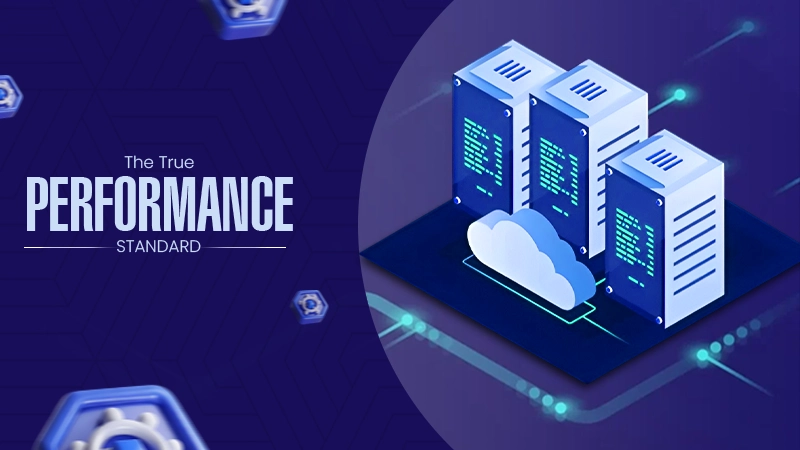Today, almost every other industry is finding it difficult to maintain a competitive edge because of the robust market challenges.
The major aim of every organization is to expand its operations overseas into different domains of the world.
For this procedure, Businesses usually take credit approvals
due to the generally larger financial stability and established track record of businesses. (Fundbox)
But if you look closely, the whole process of loan verification is very slow hence, it causes so many deal breaks and pending penalties for brands.
This whole scenario needs enhancement, and as a business analyst for straight 5 years, I’m writing this blog post to give you effective solutions to deal with this issue
Let’s begin!
Leveraging Technology for Faster Approvals
As we all know, technological integration has changed everything! It has streamlined the varied complexities of time-consuming tasks. I observed that identification and profile analysis have become so much easier because of new-gen algorithms in computing systems.
It mitigated multiple layers of errors in the complete protocol by enhancing Real-time analysis algorithms to speed up the entire structure of studying multiple documents at the same time.
They have also obtained the capability of integrating with enormous external banking sources like account statements, issued bureaus, public opinion records, and even social media, which helps to verify the authenticity of the recipient.
Streamlining the Application Process
Although we are moving forward to make technologies more advanced to mitigate human effort and time consumption, I believe that the rationalization of the application process should also be prioritized intensively.
These forums play a pivotal role in the whole loan process infrastructure. Lengthy and complex paperwork can cause invoicing delays, which may lead to many deal breaks and potential client losses.
Machine learning models and AI algorithms are constantly working to bolster the speed and accuracy of these procedures so that human effort and time consumption can be significantly reduced and later establish complete automation
Did you know?
24.2 million Americans have a personal loan as of Q3 2024, up from 23.2 million a year earlier. That’s a 4.3% year-over-year increase.
(Source).
Enhancing Risk Assessment Techniques
The risk assessment is one of the most important factors of this entire domain because I believe that every loan extension is filled with numerous types of criteria and conditions that may be complex to many people. To simplify this phenomenon, I’m giving the table below that will tell you about the five most critical points to assess before any procedure.
The “5 Cs” of Credit:Character: Borrower’s credit history and willingness to repay Capacity: Ability to make loan payments based on income Capital: The Borrower’s net worth and assets Collateral: Assets that can be used to secure the loan in case of default Conditions: Economic factors affecting the borrower’s ability to repay
Balancing Team Operation and Speed
In my opinion, utilizing good credit decisioning C&R software can rapidly enhance the entire demographics of loan approval and processes and configure minor to minor transactions and monetary details within a few seconds. But it doesn’t mean that human verification is going to be irrelevant.
- Credit approvals still heavily rely on human judgment, even with modern technology and efficient procedures.
- Maintaining both speed and accuracy in credit judgments requires staff empowerment and training.
Intriguing Insights
This infographic pie chart shows the significant factors that are involved in the calculations of the credit score.

Leveraging Customer Relationships
When you are running a business, always remember that the customer is the king! You have to maintain good relations to achieve longevity in the competitive edge of the market.
Leveraging customer relationships can speed up credit approvals by allowing lenders to access a more comprehensive picture of a customer’s financial health based on their past interactions, purchase history, and payment patterns.
This can lead to faster decision-making with less need for additional documentation or verification, especially for established customers with a positive track record. Other than beneficiaries, effective norms with your users can give you insights like:
- Purchase history, payment trends, and engagement levels are just a few examples of the analytics of previous consumer activity that can offer important insights into a customer’s creditworthiness, facilitating speedier evaluations and approvals.
- Because lenders may already have the required financial data on file, established partnerships can facilitate quicker document collecting and eliminate the need for copious amounts of paperwork throughout the application process.
Improving Innovations: Reduction to Compliances
Keep in mind that striking a balance between accuracy and quickness is the goal. Maintaining this balance over time requires constant observation, adjustment, and innovation.
As you use these strategies, keep in mind that the ultimate objective is not just quicker approvals but also better results for your business and its clients.
Make sure to check all the metrics above to understand the appropriate strategy, which will help you establish a credit approval process that is quick, accurate, and useful to all parties involved.






